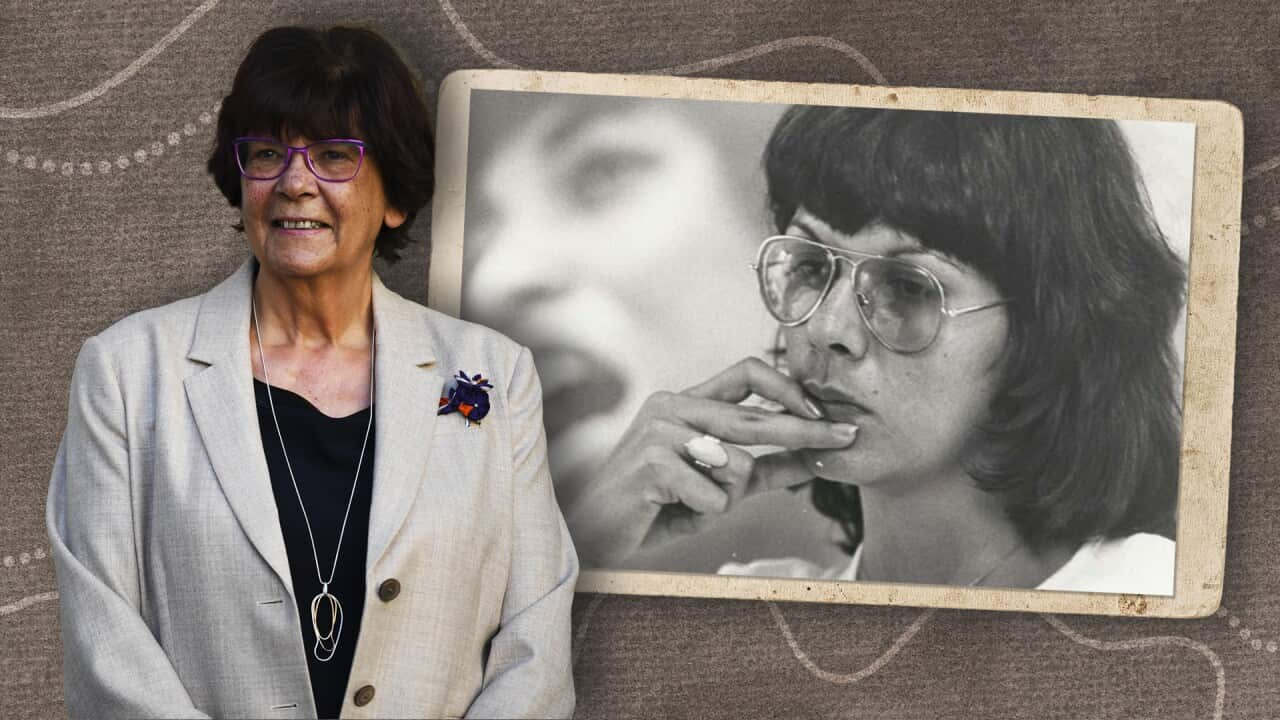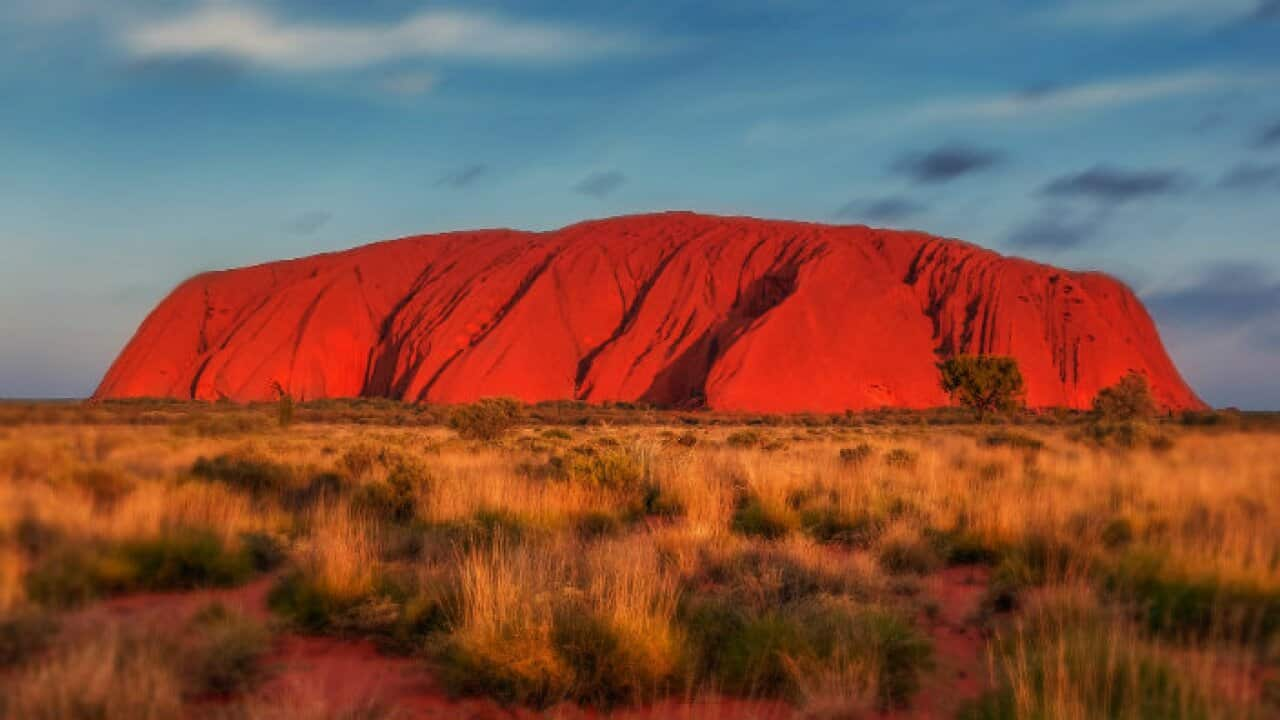In 2006, after decades of service in government and elsewhere, working towards the self-determination of Indigenous people, Pat Turner moved home to Alice Springs for a well-deserved retirement.
“I had no intention of working again,” the Gudanji Arrernte woman told NITV.
Then she received a call from filmmaker Rachel Perkins.
The acclaimed director was one of a group of Aboriginal professionals working in media who had met in Redfern with the intention of realising a dream that had been floated for years: a dedicated Aboriginal and Torres Strait Islander television station.
With years of sound and transparent administration to her name, Turner was an obvious choice to steer the ship.
“Rachel rang me first and said ‘Come down, can you do this for a couple of months until we get a CEO?’
“I had gone home to retire! And so, it was all just chance, really.”

Pat Turner in Alice Springs in 1975. Credit: National Library of Australia
What she saw lit a fire.
“I could see the potential, and I became really enthusiastic about it.
“Having our own Aboriginal and Torres Strait Islander television service run by us, for us. It was just a light bulb moment.”
Humble beginnings
Rome wasn’t built in a day, and creating a TV station from scratch isn’t much easier.
It was a mammoth effort, much of it falling to Turner, who was appointed CEO in January 2007.
“It was just sheer hard work. I mean, all hands on deck,” she said.
“When I started, I did it on the back patio of my house in Alice Springs, with a laptop and a mobile phone that I bought.
“I financed the whole operation until the money came through. From December [2006] until February or March [2007] I didn’t get any wages. It cost thousands of dollars.”
While dedicated to laying the foundations for a sound business model that would last, Turner and the board were also chasing the content that would eventually be broadcast.
First Nations commissioning editors reached out to Indigenous filmmakers and creators to find the stories they wanted to tell.
“We had a lot of really great ideas come through, and where we could afford to produce it, we did. And that became the backbone of the content,” she said.
“That was always a challenge, to get television quality material. We didn't always have it, but we picked what we thought would be of interest to the viewing public.
“We were all about television by Aboriginal and Torres Strait Islander people for Aboriginal and Torres Strait Islander people. That was our main objective: for our people to see themselves on air.”
READ MORE

History of NITV
Pressing the on-button
NITV was officially launched at Sydney’s Powerhouse Museum on July 13, 2007, as part of the year’s NAIDOC Week celebration.
“It was very exciting, we launched it in the morning,” Turner said.
The then-minister for Communications, Information Technology and the Arts, Senator Helen Coonan “pressed the button” to turn on the service.
There was an undeniable buzz about the room.
“Everyone was so excited, and we were just over the moon,” said Turner.
“It was just a fantastic achievement in such a short time really, six, seven months to get a television service.”

Where it all began. The first official launch to air in 2007 with NITV's first CEO, Pat Turner. Source: NITV / NITV
“We had Warlpiri people there because Warlpiri media was one of the most developed services, but also one of the oldest,” said Turner.
“We were very pleased to have so many Warlpiri people with us celebrating that day.”
The station aired on Foxtel, Austar and Optus.
“People complained about repeat programs . . . we were running every day but not 24 hours,” said Turner.
“But people just really embraced it. It was fantastic.”
The station even got some international coverage.
“I even received a few emails from people in New Zealand,” said Turner.
“Because of the impact of the satellite, they were picking up the signal in New Zealand.”
From back patio to major broadcaster
In 2012, NITV launched on free-to-air, and now a decade later its earned its place in the Australian media landscape, as the channel by and for Aboriginal and Torres Strait Islander people.
It went from a back patio creation to a major broadcaster, just the way Turner had envisioned.
“It’s probably my greatest achievement really, in my whole working life to have set up NITV,” said a proud Turner.
“I think that many Australians are very proud of the service now, and are able to access that to learn about the true history of our country. To understand Aboriginal and Torres Strait Islander stories and perspectives.
“It’s played a fantastic role in that regard as well.”
For Turner, it’s the “best thing that’s happened in Australian television”.
NITV & SBS are celebrating 10 years of the broadcaster being available free-to-air to Australia. Read more and join the conversation #NITV10years.

Pat Turner, now the CEO of the National Aboriginal Community Controlled Health Organisation, was NITV's inaugural CEO in 2007 when it launched. Source: Supplied











